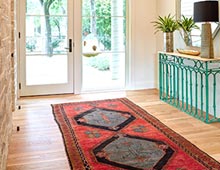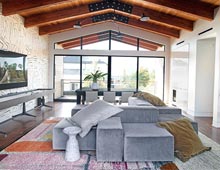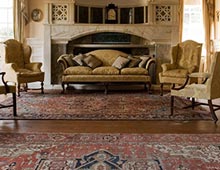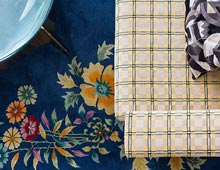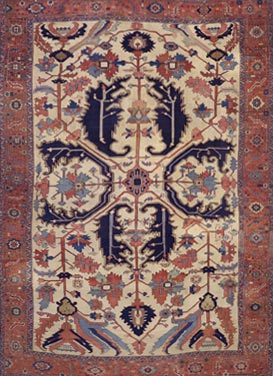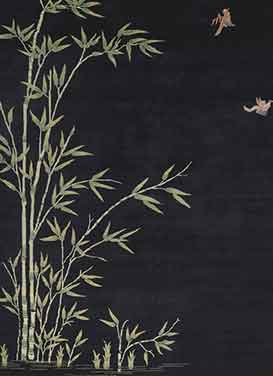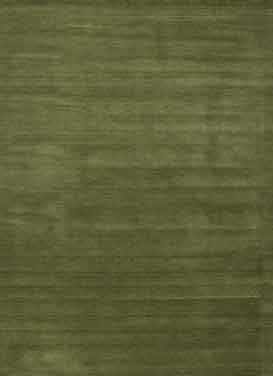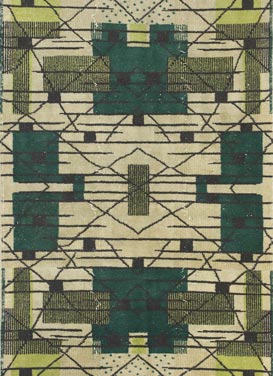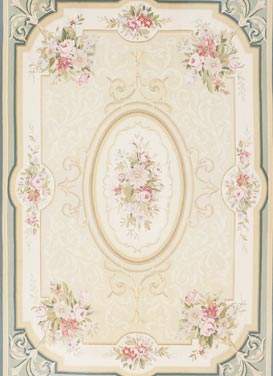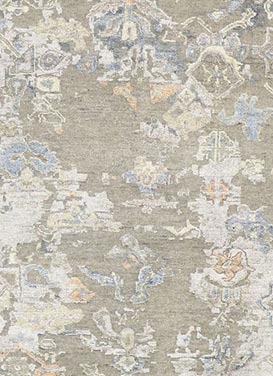- Inquiry
Description
51384 Vintage Turkish Oushak Rug, 03'02 X 04'08.
Small Turkish Oushak rugs with a mihrab design are traditional carpets originating from the Oushak region of Turkey. They feature a central mihrab, an arch-like niche representing the direction of Mecca, symbolizing their use as prayer rugs. Typically crafted from high-quality wool and natural vegetable dyes, these small rugs exhibit intricate floral and geometric patterns in rich, warm colors like reds, blues, and greens. They are created using traditional weaving techniques, making them both durable and aesthetically valuable, serving as significant cultural and decorative pieces.
In the heart of this enchanting vintage Turkish Oushak rug, a warm embrace of tribal artistry unfolds through its hand-knotted woolen threads. Its directional composition is crowned by a mihrab design, evoking the sacred beauty of Anatolian prayer mats. Two "tree of life" motifs stretch gracefully across the rustic red background, their branches blooming with colorful, stylized florals, bringing nature's spirit to life within this mesmerizing weave.
Nestled in each corner, the green spandrels emerge from the stepped mihrab niche, artfully adorned with complementary floral designs that echo the field’s lush splendor. This vivid interplay of shapes and shades invites the viewer to explore the depths of its intricate beauty. Like a canvas woven with stories of old, it beckons one to reflect and find solace in its timeless embrace.
Encircling the entire design is an eight-point star flower border, accompanied by a quincunx motif guard that frames the rug like an intricately carved window into another world. Together, these elements form a captivating border that enhances the allure of this Oushak treasure, casting a spell of warmth and wonder over all who behold it.
- Rendered in variegated shades of red, green, sky blue, beige, brown, rust, and rose with other accent colors.
- Abrash.
- Hand knotted wool.
- Made in Turkey.
- Measures: 03'02 X 04'08.
- Date: 1950s. Mid-20th Century.

